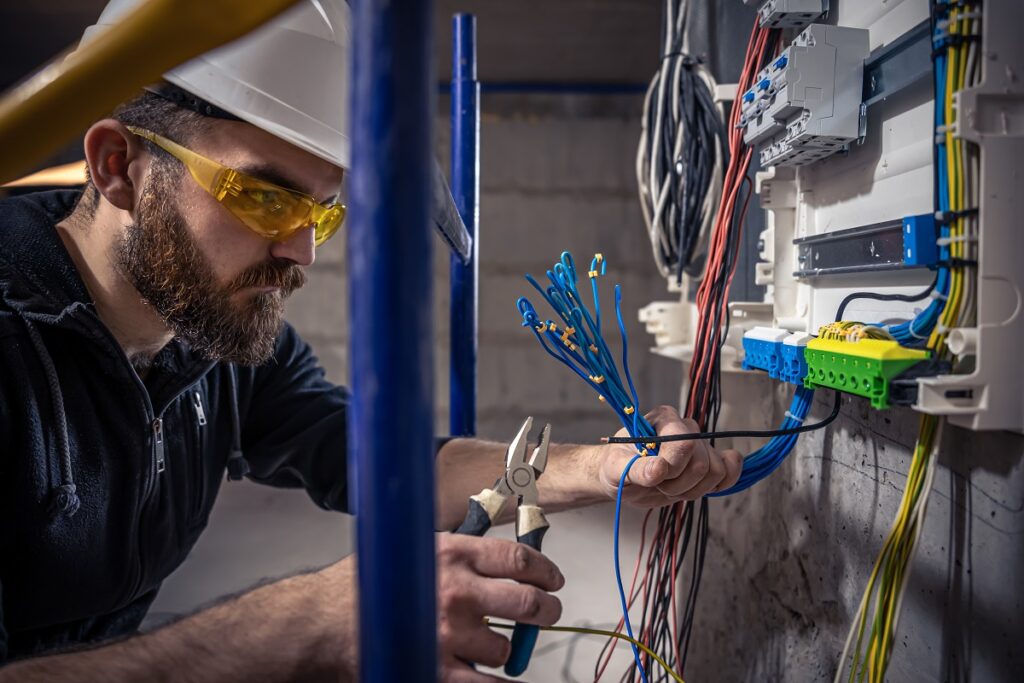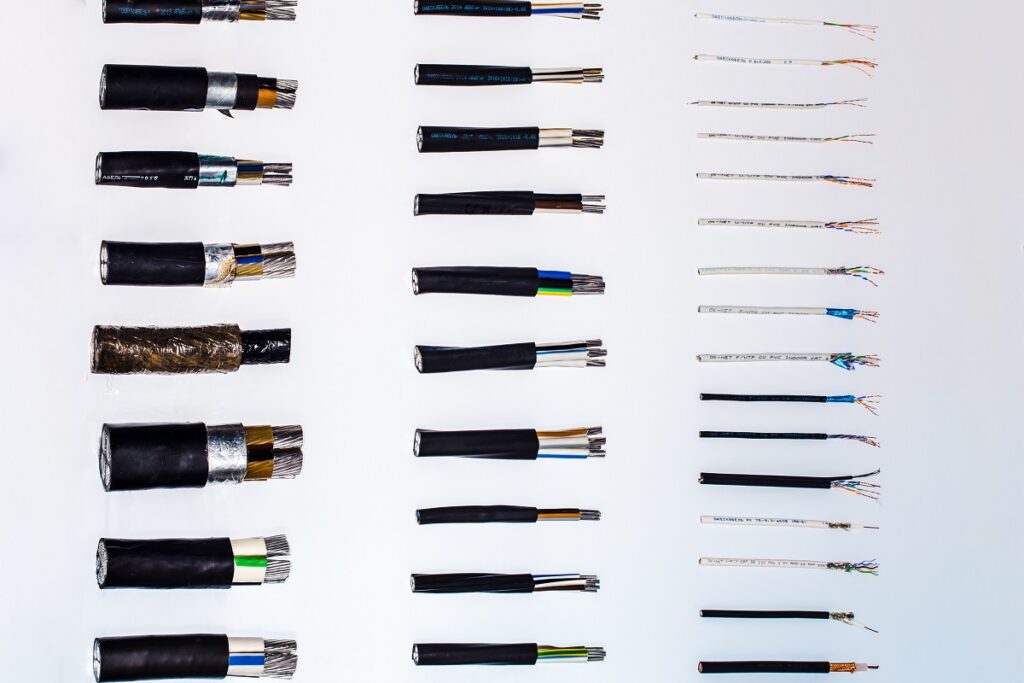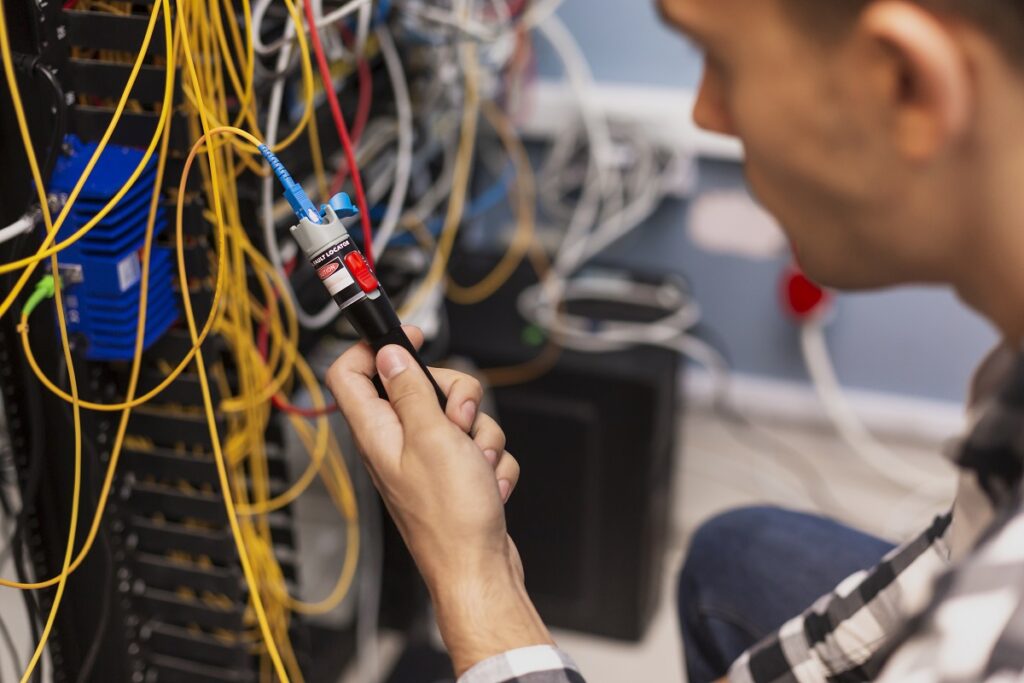Low Voltage Wiring Basics: Unleashing the Power
Low voltage wiring is a crucial element in the world of electrical installations, powering a wide range of devices and systems we rely on daily. From lighting systems to communication networks, low voltage wiring plays a critical role in ensuring efficient and safe operations. In this article, we’ll dive into the basics of low voltage wiring, its applications, and the advantages it offers. Additionally, we’ll provide helpful charts, address frequently asked questions, and discuss how low voltage wiring is utilized in IP intercom systems.
Table of Contents

Low Voltage Wiring Basics
What is Low Voltage Wiring?
Low voltage wiring refers to electrical wiring and cabling that carries a voltage of 50 volts (V) or less. It is commonly used for various applications, including security systems, lighting, and telecommunications. Low voltage wiring is designed to be energy-efficient and safer to work with compared to traditional high voltage wiring.
Wiring Low Voltage: Understanding the Process
When working with low voltage wires, certain guidelines and best practices must be followed to ensure safe and efficient installations. These include using appropriate wire types and gauges, proper wire routing and organization, and adhering to safety regulations.
Low Voltage Wires: Exploring the Types
Low voltage wires come in various types, each designed for specific applications. Some common types of low voltage wires include:
- Twisted Pair Cable (Cat 5, Cat 6, Cat 7, Cat 8)
- Coaxial Cable
- Shielded Cable
- Fiber Optic Cable
Here’s a comparison chart of these different wire types:
| Wire Type | Primary Use | Advantages |
|---|---|---|
| Twisted Pair | Telecommunications, Networking | Cost-effective, Easy to install |
| Coaxial Cable | Video, Internet, Cable TV | High bandwidth, Reduced signal interference |
| Shielded Cable | Industrial, Audio, Security | Enhanced noise reduction, Improved signal integrity |
| Fiber Optic | High-speed data transmission | Extremely high bandwidth, Long-distance transmission |
Applications of Low Voltage Wiring
What is Low Voltage Wiring Used For?
Low voltage wiring is employed in a wide range of applications, thanks to its efficiency, safety, and versatility. Some common uses for low voltage wiring include:
- Lighting systems
- Security systems
- Home automation
- Audio and video distribution
- Telecommunication networks
- IP intercom systems
IP Intercom Systems and Low Voltage Wiring
All IP intercom systems operate on low voltage wiring, ensuring energy efficiency and safety in communication networks. IP intercoms use internet protocols to transmit audio and video signals, offering clear and reliable communication over long distances.
Benefits of Low Voltage Wiring
Low voltage wiring offers numerous advantages, such as:
- Improved safety: Lower voltages reduce the risk of electrical shocks and fires.
- Energy efficiency: Low voltage systems typically consume less power, resulting in lower energy costs.
- Versatility: Suitable for various applications, from lighting to telecommunications.
- Easier installation: Low voltage wiring can be installed with fewer restrictions and permits compared to high voltage wiring.

Low Voltage Installation
Low-voltage installations typically follow these steps:
- Planning: This involves determining the layout and components of the system, often in consultation with the client or user.
- Installation: This involves physically installing the components, running wires and cables, and connecting everything together. This needs to be done in accordance with local codes and standards.
- Testing: After installation, the system needs to be tested to ensure it’s functioning correctly.
- Maintenance: Over time, the system may need maintenance or repairs. This could involve replacing components, troubleshooting issues, or upgrading the system.
Low-voltage technicians are the professionals who perform these installations. They need a solid understanding of electrical systems and should be knowledgeable about the specific systems they’re installing. They also need to be familiar with the local codes and standards that govern these installations.
Safety is a critical aspect of low-voltage installations. Even though these systems operate at lower voltages, they can still pose risks if not handled properly. Technicians should always follow safe work practices and use the appropriate protective equipment.

Top 10 Essential Tips for Successful Low-Voltage Installations
- Plan Thoroughly: Yes, we are talking about the plan again. Before you begin the installation, plan out the entire process. This includes determining where the components will go, how the wiring will be run, and where connections will be made. A detailed plan will help ensure a smoother installation process.
- Follow Local Codes and Standards: Ensure your installation meets all local electrical codes and industry standards. Not only will this ensure safety, it’s also usually a legal requirement. Check with your local governing body for any specific requirements.
- Use the Right Tools: Use tools specifically designed for low-voltage installations. This might include a wire stripper, cable tester, punch down tool, and other specialized equipment. Using the right tools can make the job easier and help ensure a quality installation.
- Quality of Materials: Use high-quality cables, connectors, and components. Low-quality materials can lead to performance issues and may need to be replaced more frequently.
- Labeling: Make sure to label all wires and components during the installation. This will make future maintenance or troubleshooting much easier.
- Leave Some Slack: When running cables, leave some extra slack at both ends. This can make it easier to make connections, and it allows for some flexibility if changes need to be made in the future.
- Protect the Cables: Make sure cables are protected from potential damage. This could involve using conduit, cable trays, or other protective measures. Also, be mindful of the bend radius of cables when installing, particularly for data transmission lines like Ethernet cables.
- Grounding and Bonding: Ensure that all equipment is properly grounded and bonded, as per local code requirements. This is crucial for the safety and performance of the system.
- Test Everything: After the installation is complete, test the system thoroughly to ensure everything is working properly. This should include testing each individual component, as well as the system as a whole.
- Safety First: Always prioritize safety. Use personal protective equipment (PPE), be mindful of potential hazards, and never take shortcuts that could compromise safety.
FAQs
Conclusion
Low voltage wiring is an indispensable aspect of modern electrical installations, offering numerous benefits in terms of safety, energy efficiency, and versatility. This comprehensive guide has explored the basics of low voltage wiring, its applications, and its role in IP intercom systems. As technology continues to evolve, the demand for low voltage wiring is expected to grow, making it a critical element in the design and implementation of various systems and devices. Always remember to follow proper installation guidelines and safety regulations when working with low voltage wiring to ensure optimal performance and protection.
Useful Resource
For more information on low voltage wiring, you can refer to this trusted source: The Engineering Mindset. The Engineering Mindset offers a wealth of knowledge on various electrical topics, including low voltage wiring principles, best practices, and safety guidelines.